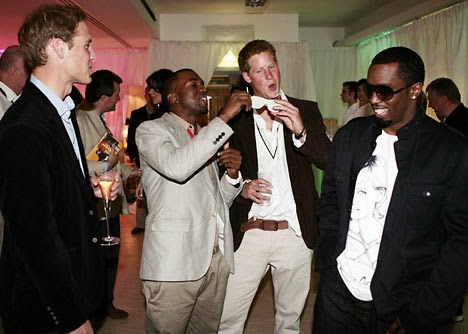The establishing shot of the first scene shows us a fairly minimalistic setting, where we are presented with an area of the house in which these characters live in. In this show all we can see is the door and staircase, however we can see that these items have shabbiness to them, and are not fully decorated. As an audience member the first impression we get of these people is that they are not of a high social class, we can see that there house is small and not decorated, linking to the fact that they could possibly be lower class. Once we have had a glimpse of the setting, we then see the main character, known as Frank stumble down the stairs. We can see from his appearance that he does not take pride in it. His hair is long and the clothes in which he wears reflects that he is not a tidy person, as he is carrying a pair of older trainers down with him.
The next scene we can see that there are 4 teenagers around a table, presumably Frank’s children with an over the shoulder shot so that we are able to see the other characters from Franks perspective. A panning shot is then used to scan across all 4 characters faces where we are able to get a better, in-depth knowledge of the facial expressions in which they are pulling. As Frank walks towards them we can see the discontent they have within him as a father, showing us that he probably isn't the best dad. In the background of the teens we can see that there is rubbish lying around them, especially beer cans, giving us the idea that Frank is a heavy drinker. This could link in with the messiness of the house, as he drinks throughout the day, and gets drunk, so is unable to spend his time during the day to do something productive. The amount of cans behind them also suggests that he drinks during the day, as there is a large amount visible, so probably doesn't go to work, this can also be suggested through his naturally slurred voice when he is speaking to his children.
We can see that the female teenager is holding a baby of her own yet we can see that she is not very old herself, this could link in with social class, how it is proven that lower class people, often have more children, this could also be money related, as people may see this as a reason to gain some money, in order for them not to work.
A lot of swearing is used in the first scene of the TV drama, especially by the younger actors, we can assume that they have gained this language either from their parents or with the people in which they choose to surround themselves with. We notice that there is no punishment for when they use disrespectful language, which could link in with the fact that they have received it from their parents so they both think that its ok to use it.
The next scene looks like it is set on a council estate as we can see that the area of the location is not particularly clean, with furniture and rubbish piling up outside the front of the house, this is very uninviting and the lighting used within this scene highlights these props to ensure that the audience do not miss it. A council estate, in England, is typically where the lower class would live as they are unable to afford to buy their own house, so in addition are provided with housing from the council.
In the last scene, this is where we can see the contrast in lower and upper class people. At the beginning we can see that a white man in a suit, approaches the family with queries about their house, his attire shows that his authority within the programme is important. Immediately we get the impression that he is well educated and proves that he is well spoken, in contrast with the family and their language. The white man looks down on the family. His important is shown through the height of the man, as we can see that he is the tallest of the crowd, we then see the realisation of how small the other characters may feel within his presence.
